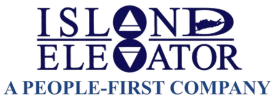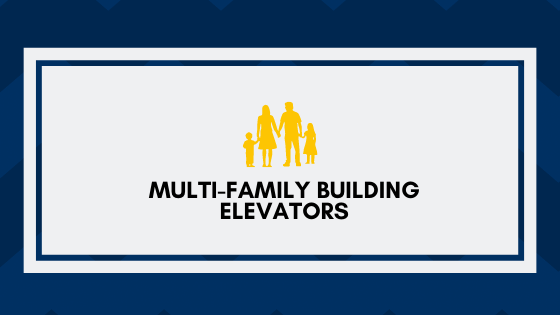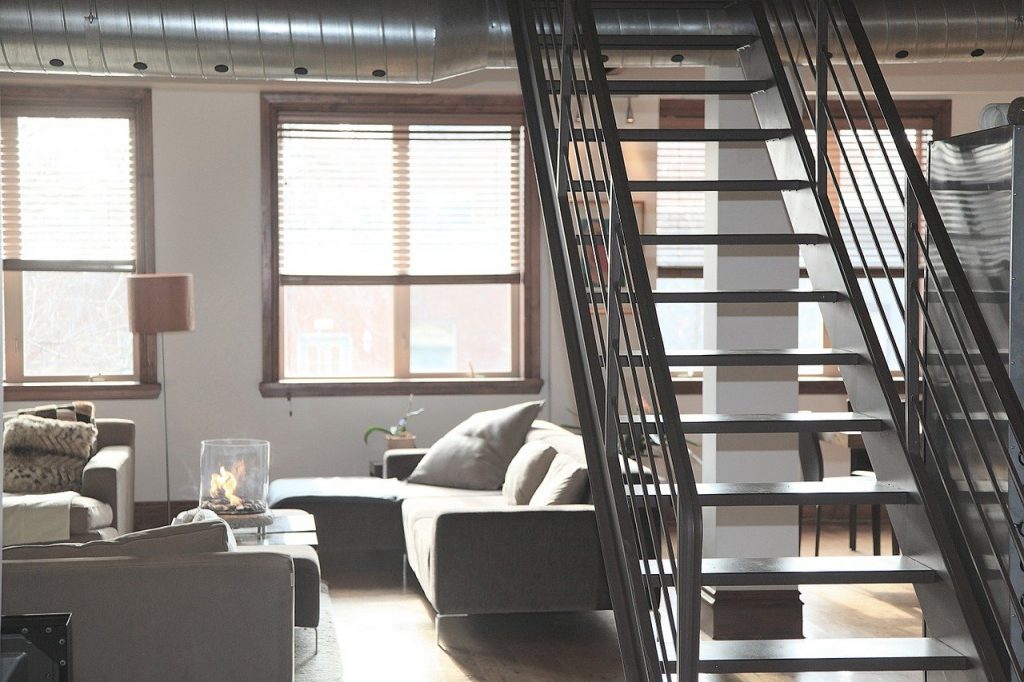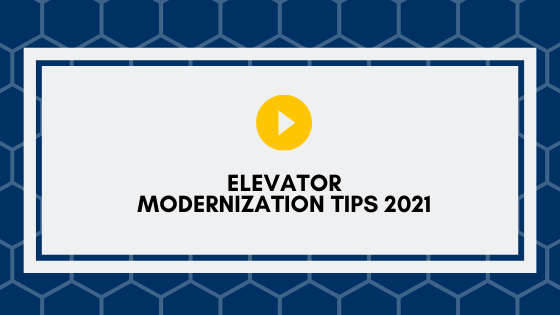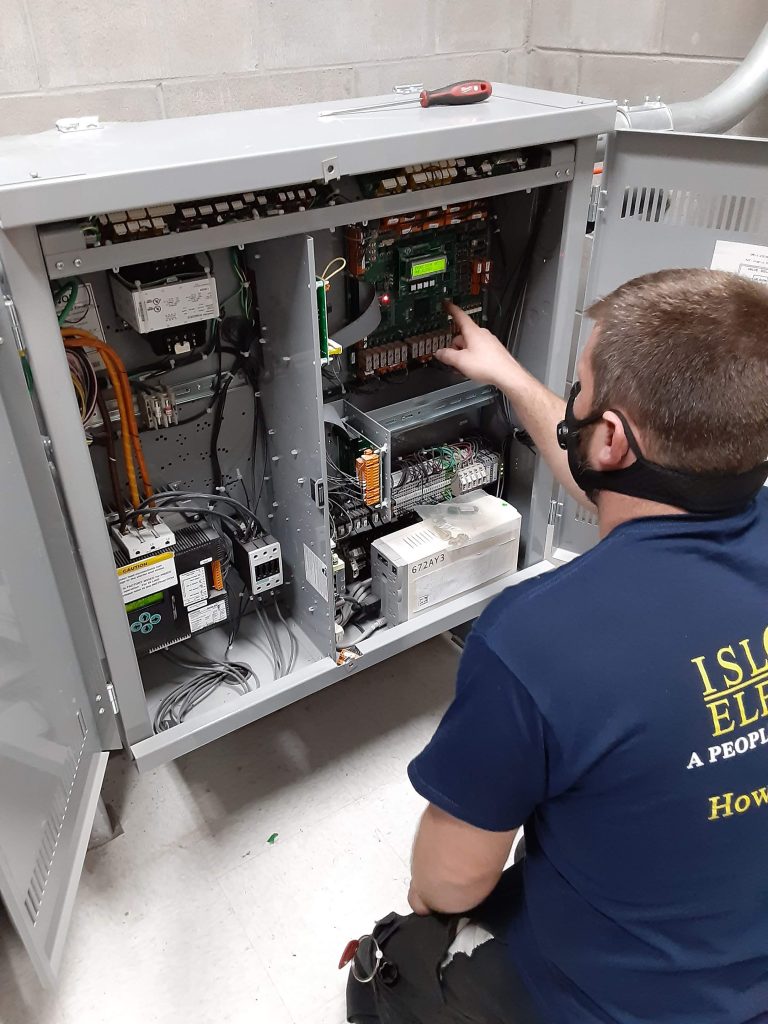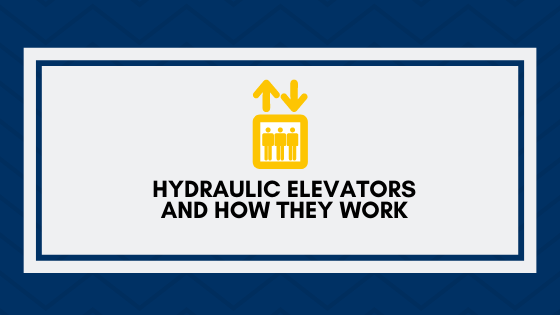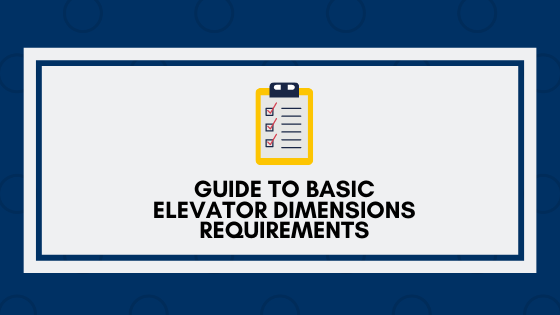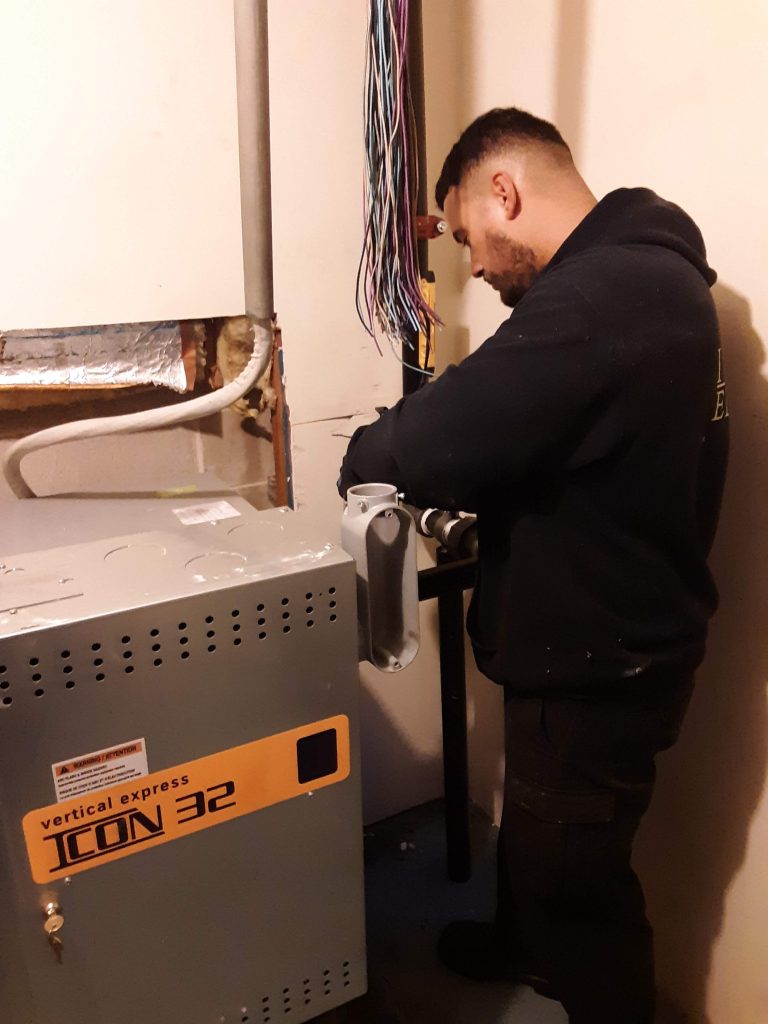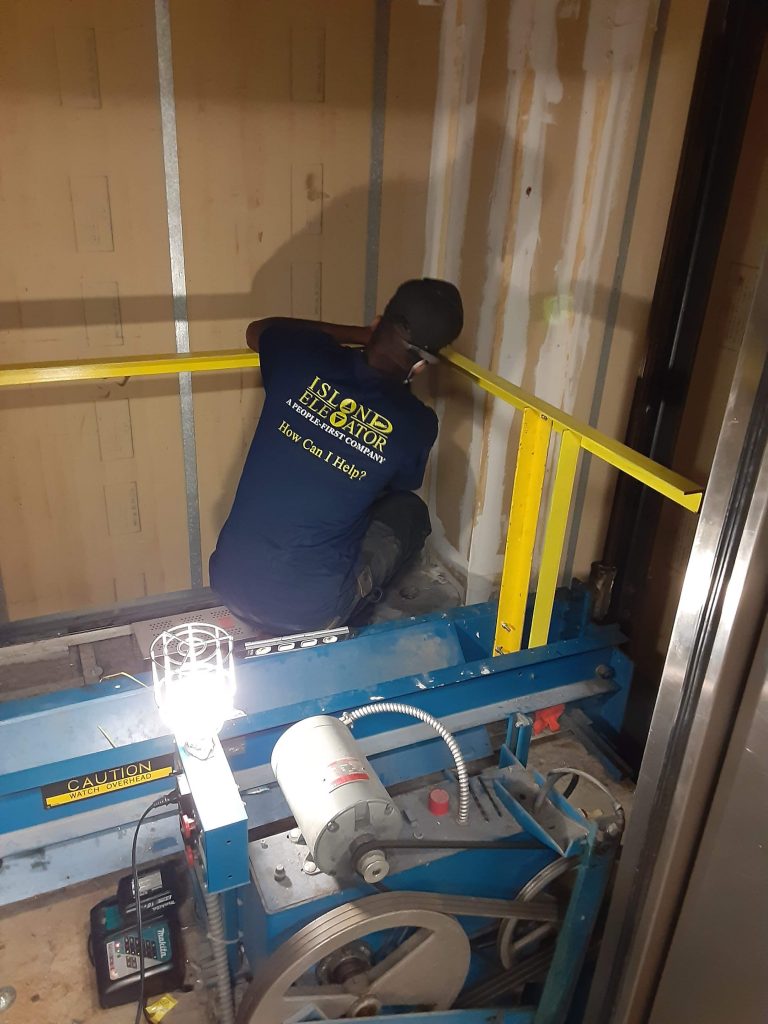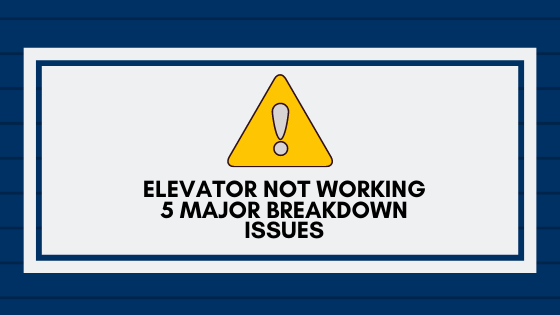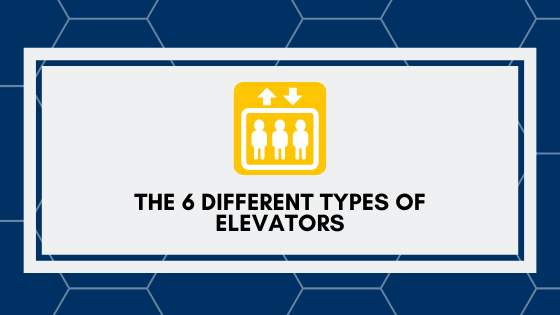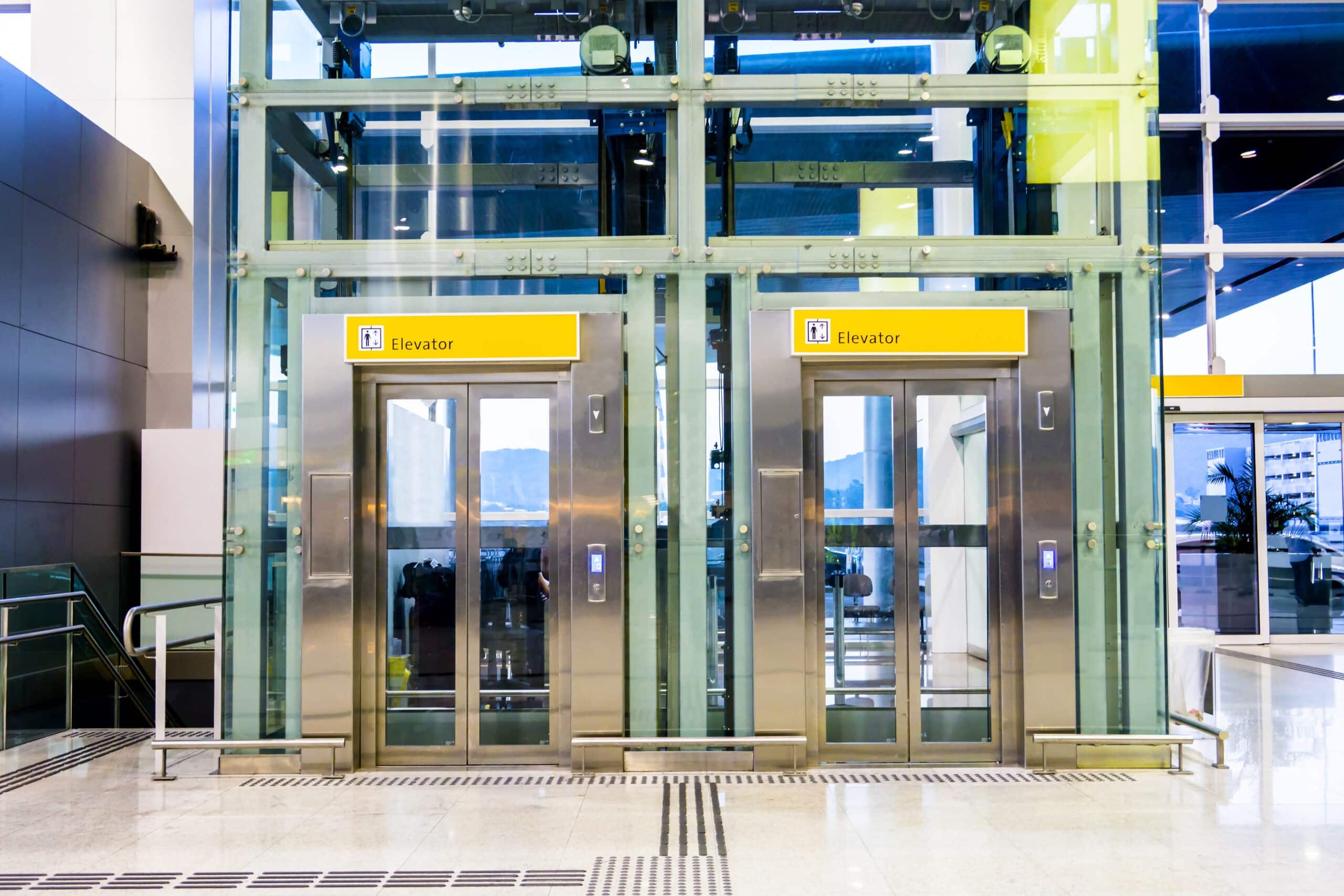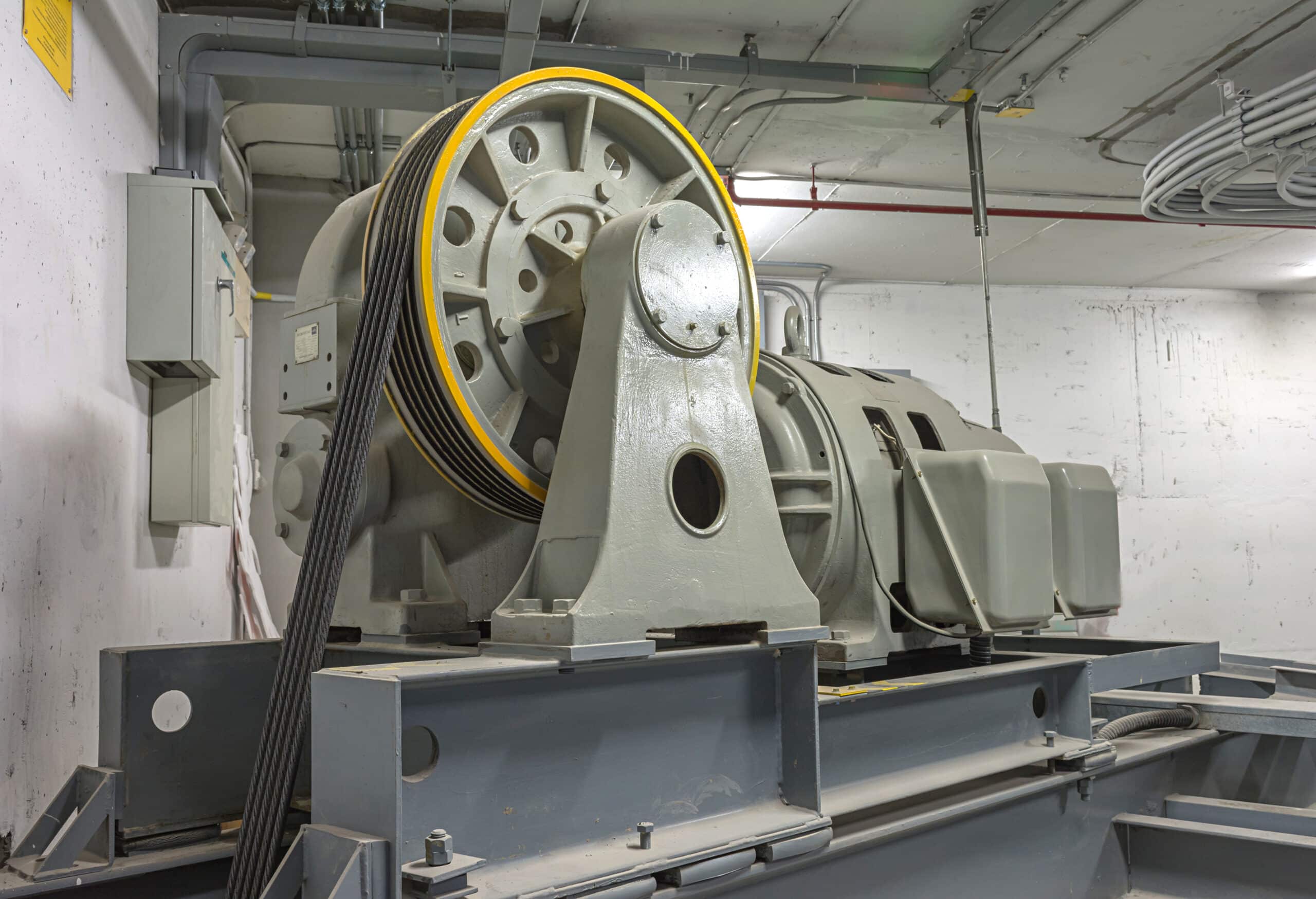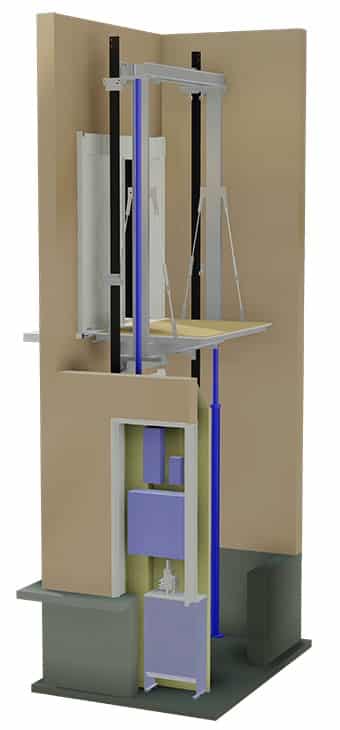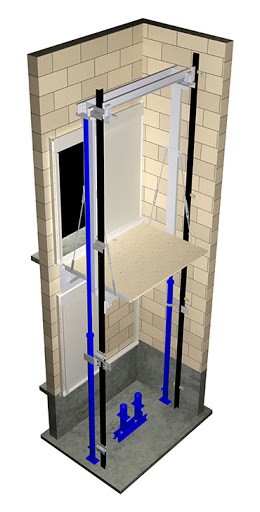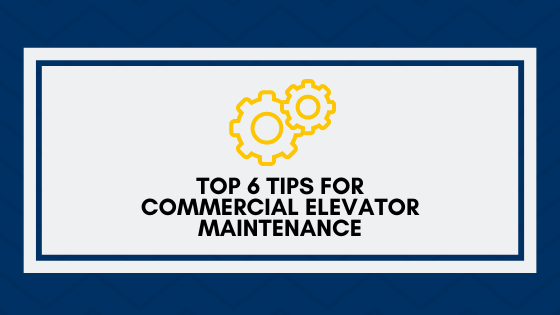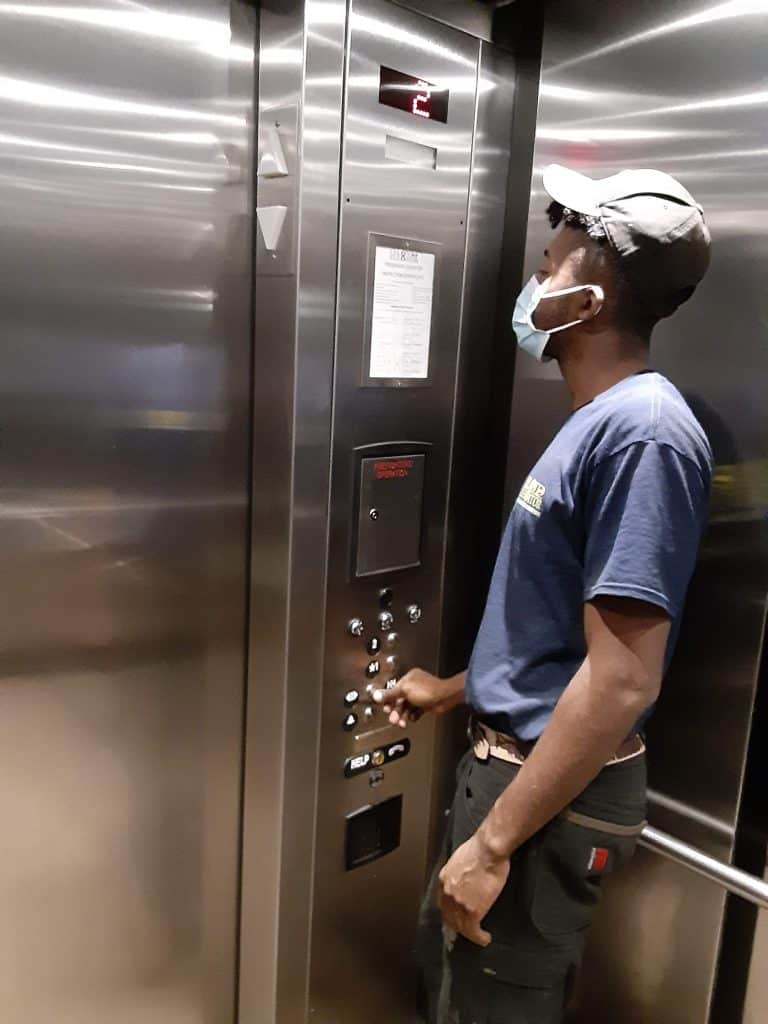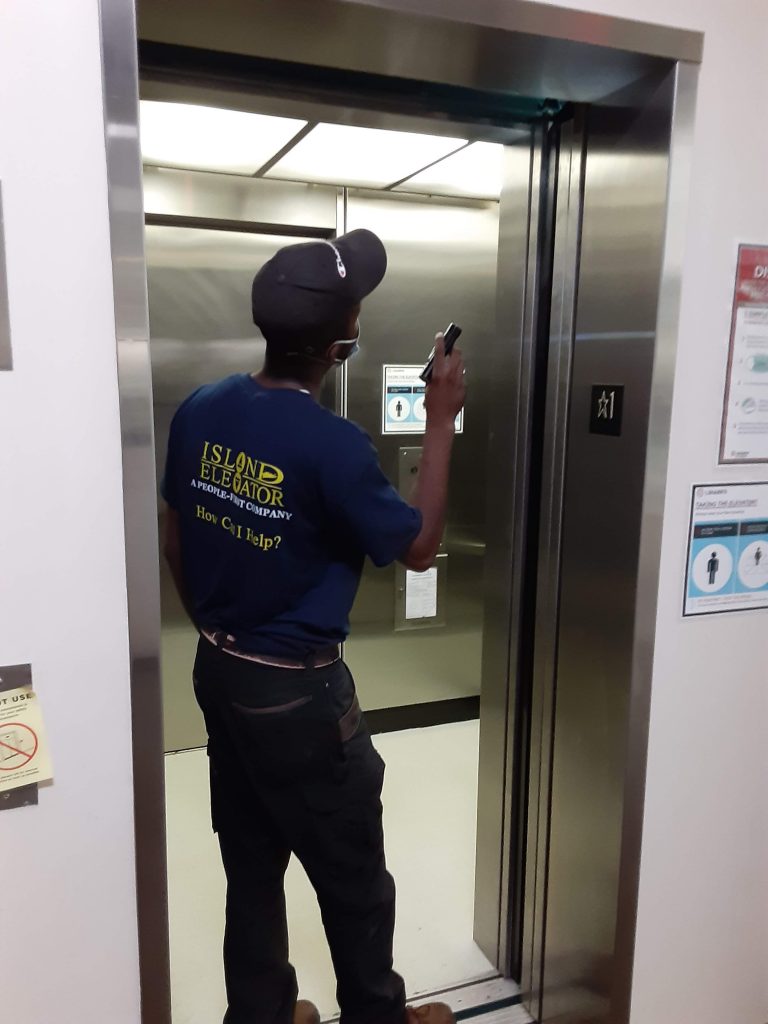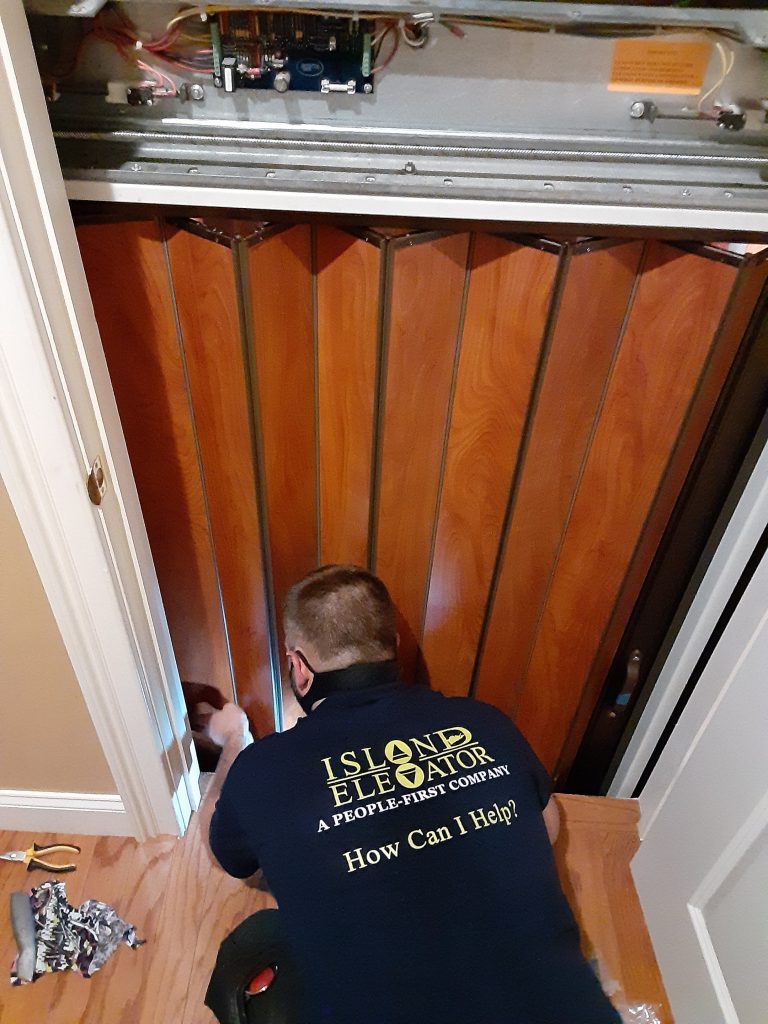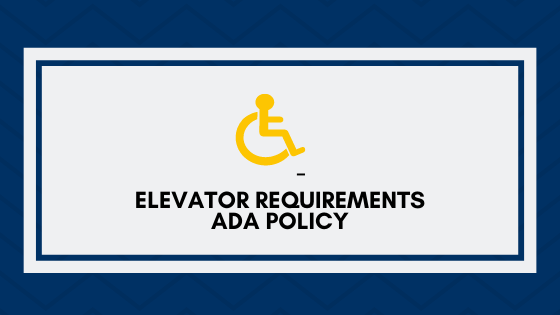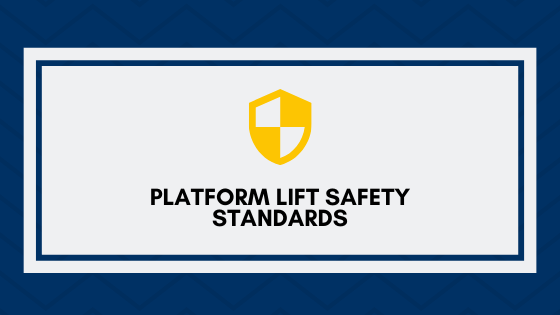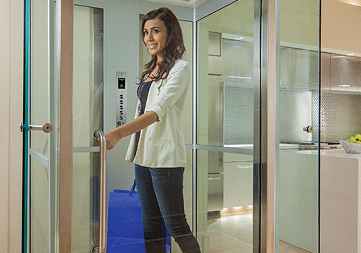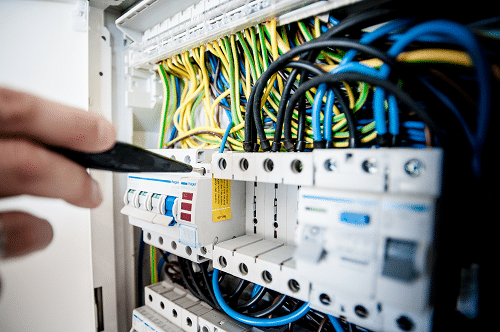Luxury Apartments
Luxury apartment building elevators can increase access to the units and result in higher revenue for the owner. Some of these elevators can be operated with magnetic cards in the control board of the elevator, keypads with codes, and even fingerprint readers.
The units they serve are typically found primarily in new construction apartment buildings, as well as in buildings that are industrial-to-residential conversions. They can be considered a luxury amenity and you can expect the apartments to be large.
Some multi-family elevators will service the entire floor or penthouse units.
Older buildings may have a doorman who controls access to the building will monitor residents and screen out strangers trying to gain access.
Newer apartment elevator systems may have a video intercom which can be activated to view the interior of the elevator so you can see who is in it as you pull them up to your floor.
Condominium Elevators
Compact elevators for multi-unit condo buildings can be customized and have features that are similar to luxury apartments such as magnetic cards in the control board of the elevator, keypads with codes, and even fingerprint readers.
They can be added to existing structures or a retrofit in new construction design with simple interiors and buttons.
The loss of elevator service does not permit those owners to withhold common charges or take other similar actions against the board as it is seen by the state to be a direct violation of the bylaws that govern condominium properties.
Co-op Housing Elevators
Co-ops are collectively owned and managed by their residents that share in a non-profit corporation. The first housing cooperatives arrived in New York around the late 1800s and remain very popular in the city.
The important difference between a co-op and a condo is that most co-op associations require a prospective purchaser to apply for the unit and must be approved by the co-op board. The benefit is being able to pick your neighbors. The downside is that when you sell, the board must approve the buyer and that can defer or even block the sale.
The elevators system cost for maintenance and service within a co-op are shared and more of a “right” when compared to a condominium. In a co-op or a rental building the loss of elevator service can be viewed by the state as a breach of the quiet enjoyment that is considered a right of the occupant.
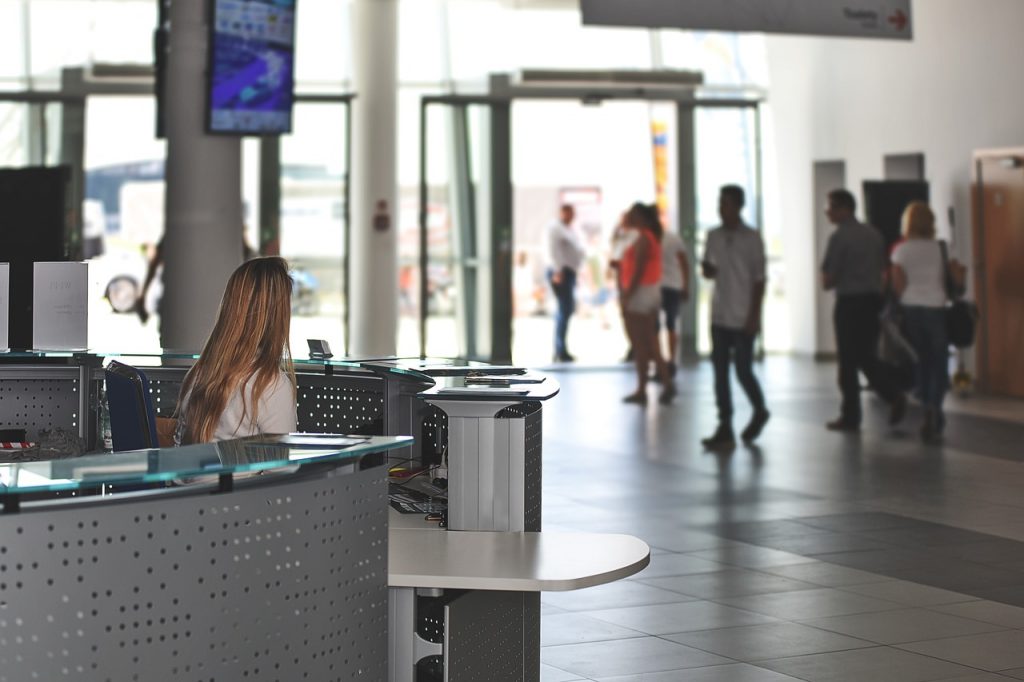
University & College Elevators
For the betterment of the campus system, the elevators onsite can be used by students along with faculty, staff, and students with disabilities.
Each building on campus (excluding some dormitories) may have at least one functioning elevator available for the students and guests to use.
The maintenance and repairs need to be up to date since elevators lacking in efficiency or not properly functioning can cause student traffic to slow down and attendance levels to suffer.
The majority of these buildings that have elevators will typically have more than three floors, so riding the elevator up is ideal. They are also a great solution for off-campus units for colleges and universities.
Keeping the elevators inspected and maintained provides a quick, easy, efficient way to use the convenient elevators resources and ensure the students can get to class in a timely manner.

Island Elevator is Ready to Help!
Island Elevator is here to help you understand all facets of your Elevator Repair, Maintenance, & Modernization costs in the new year. Our team is here to help ensure your home and business vertical transportation equipment receive the regularly scheduled maintenance necessary to help you avoid a major catastrophe, reduce the possibility of a costly repair, and ensure the safety of your passengers, tenants, and family.
